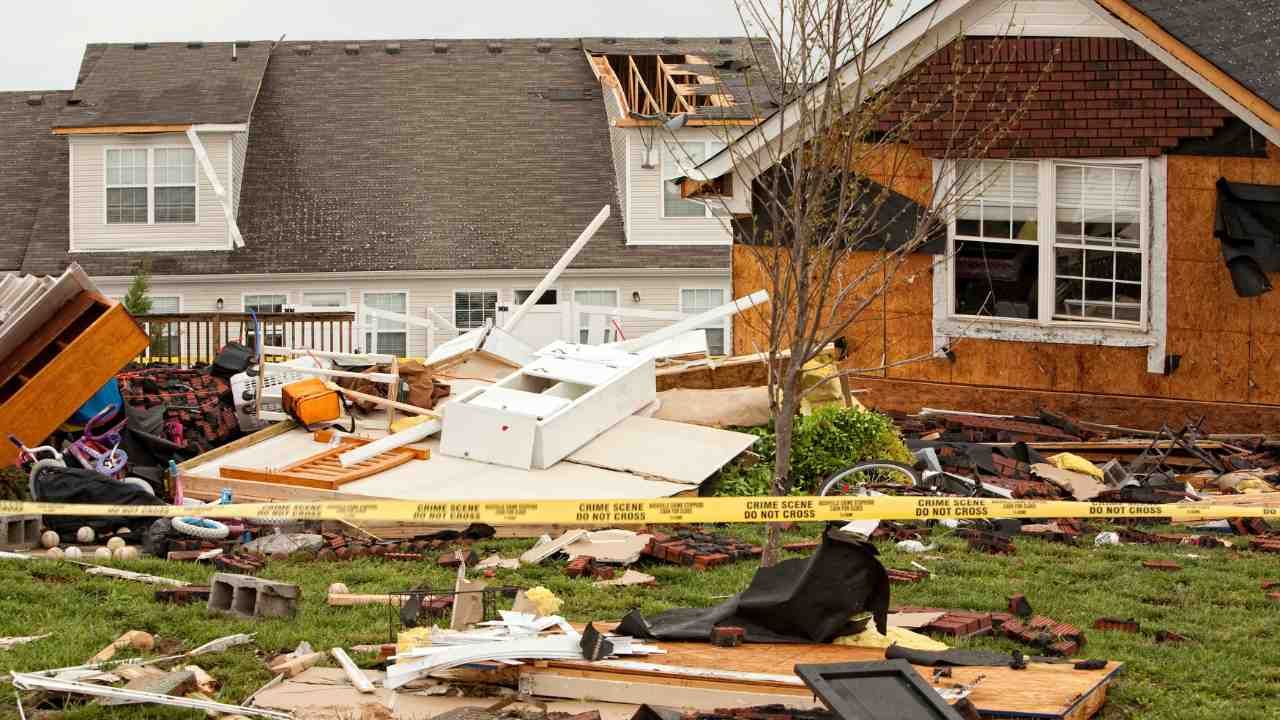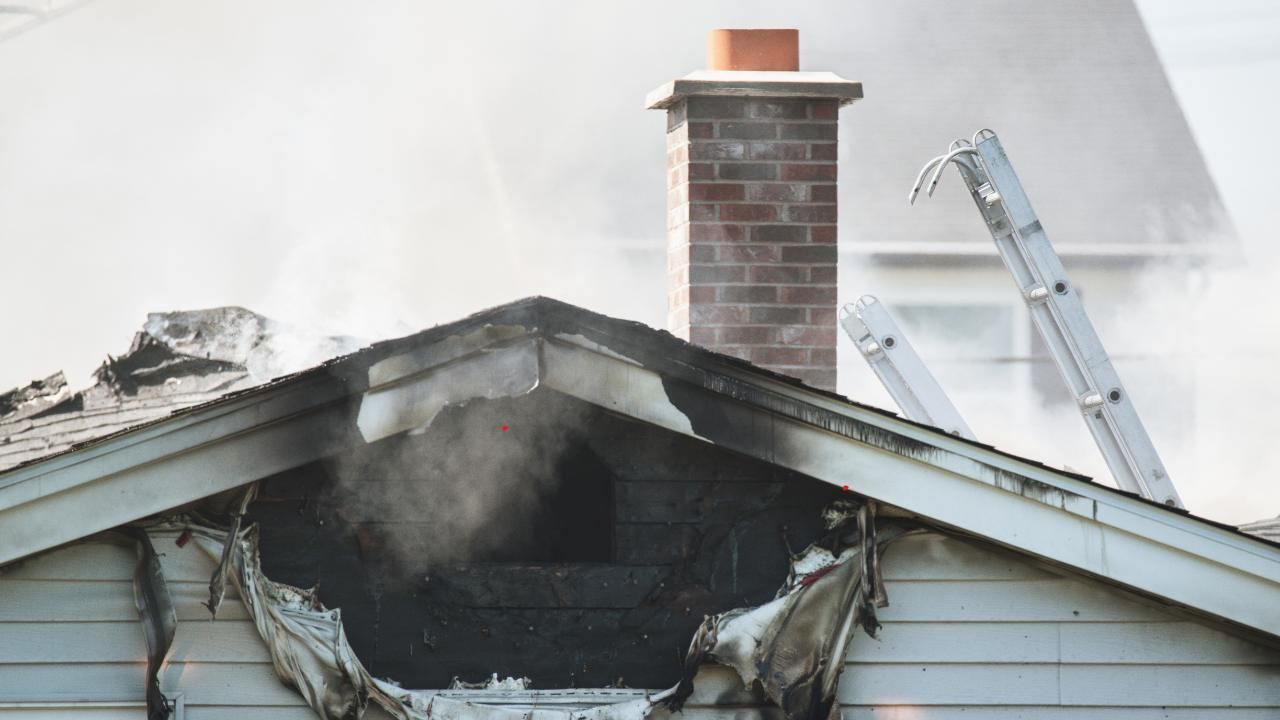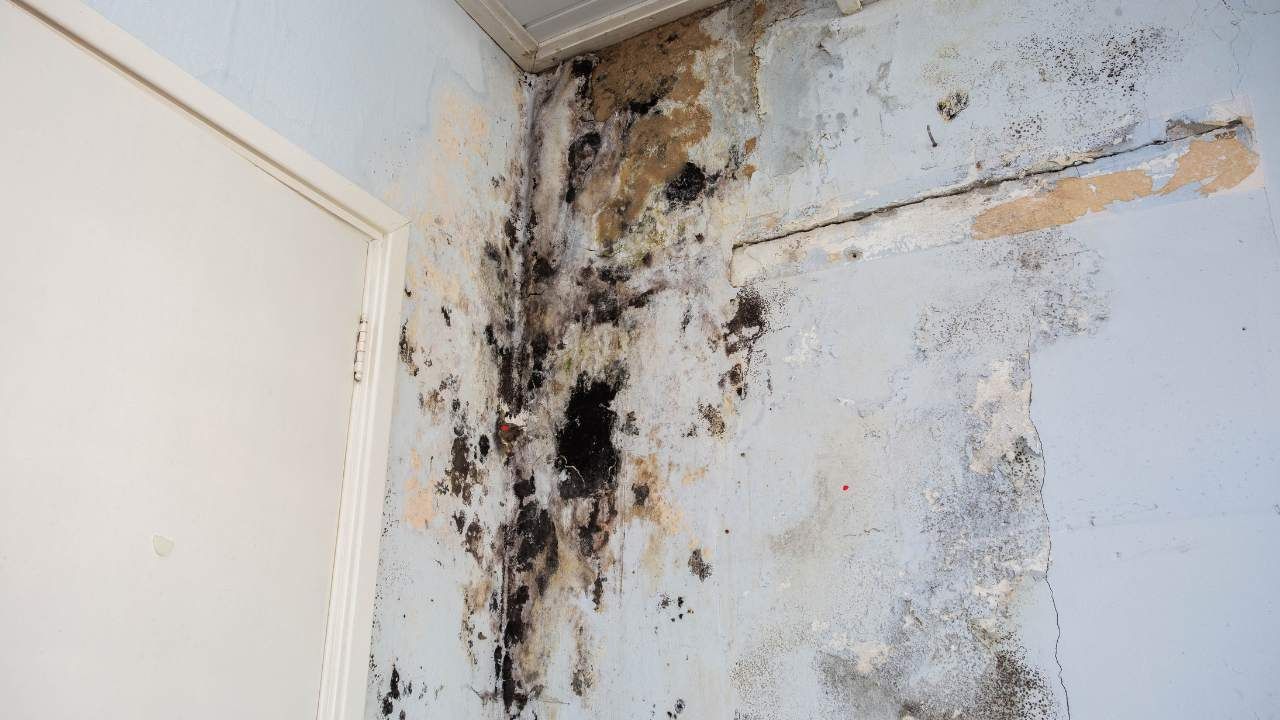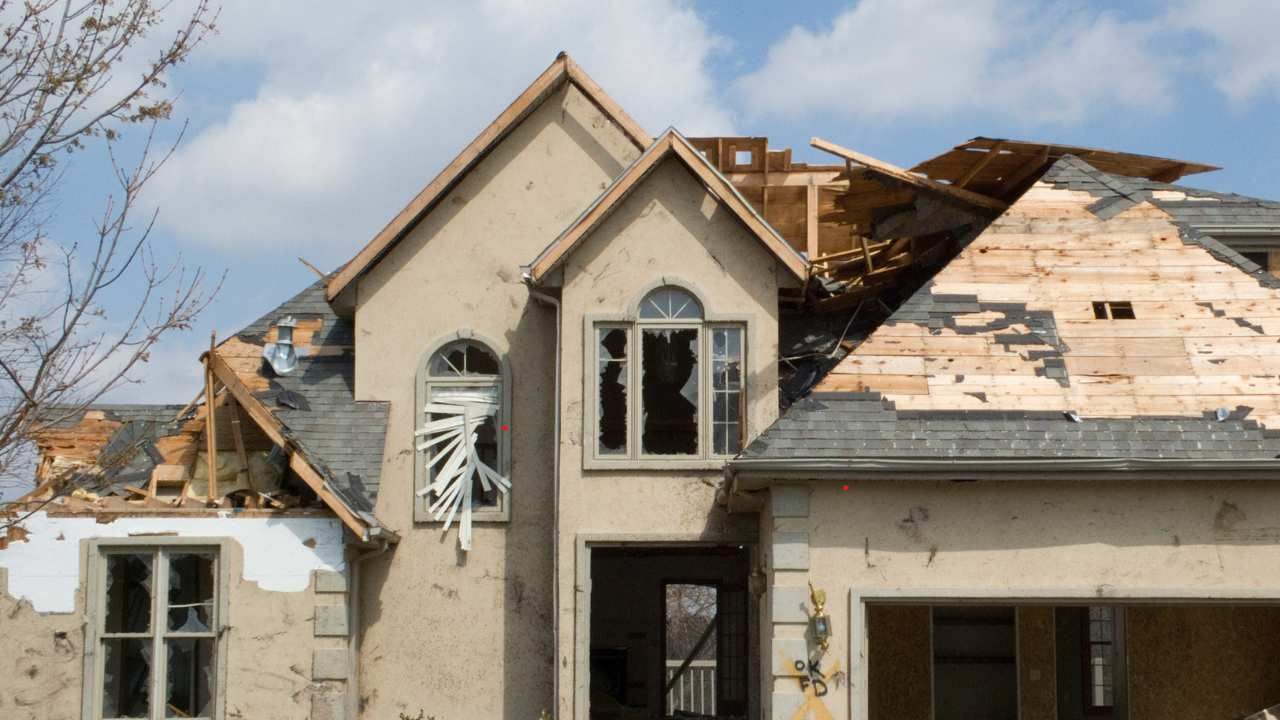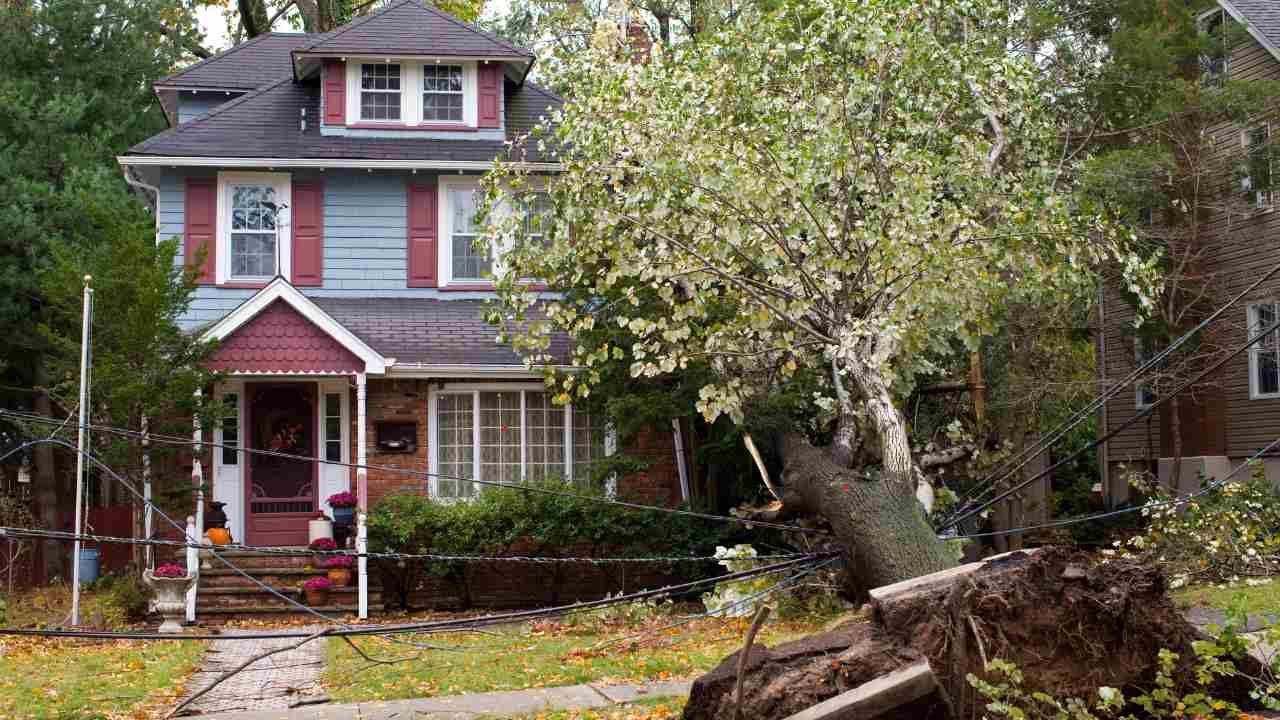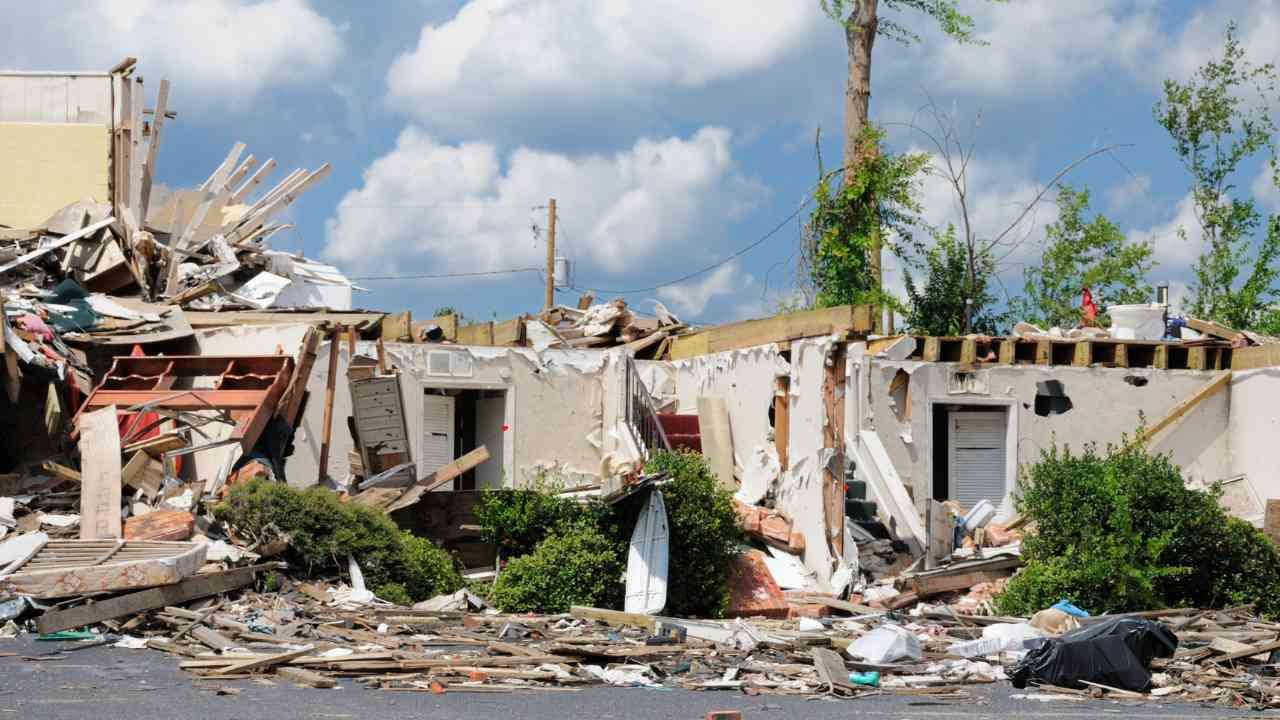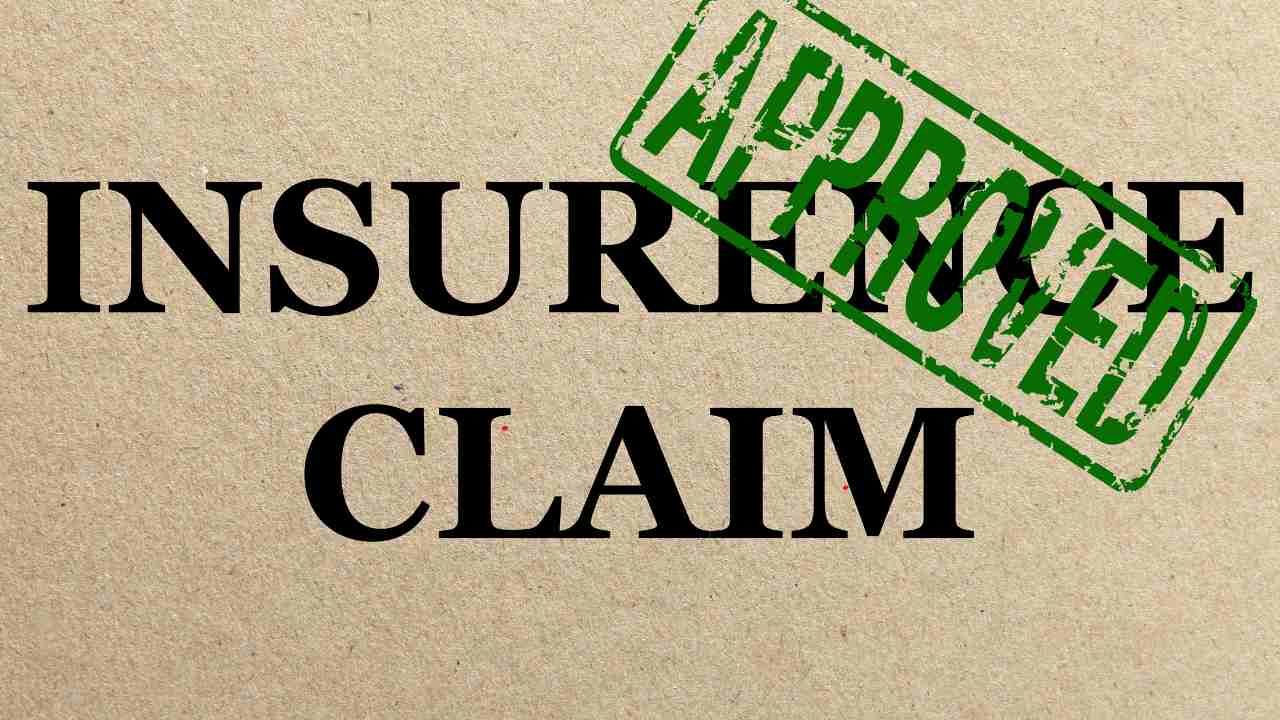How to Assess Property Damage
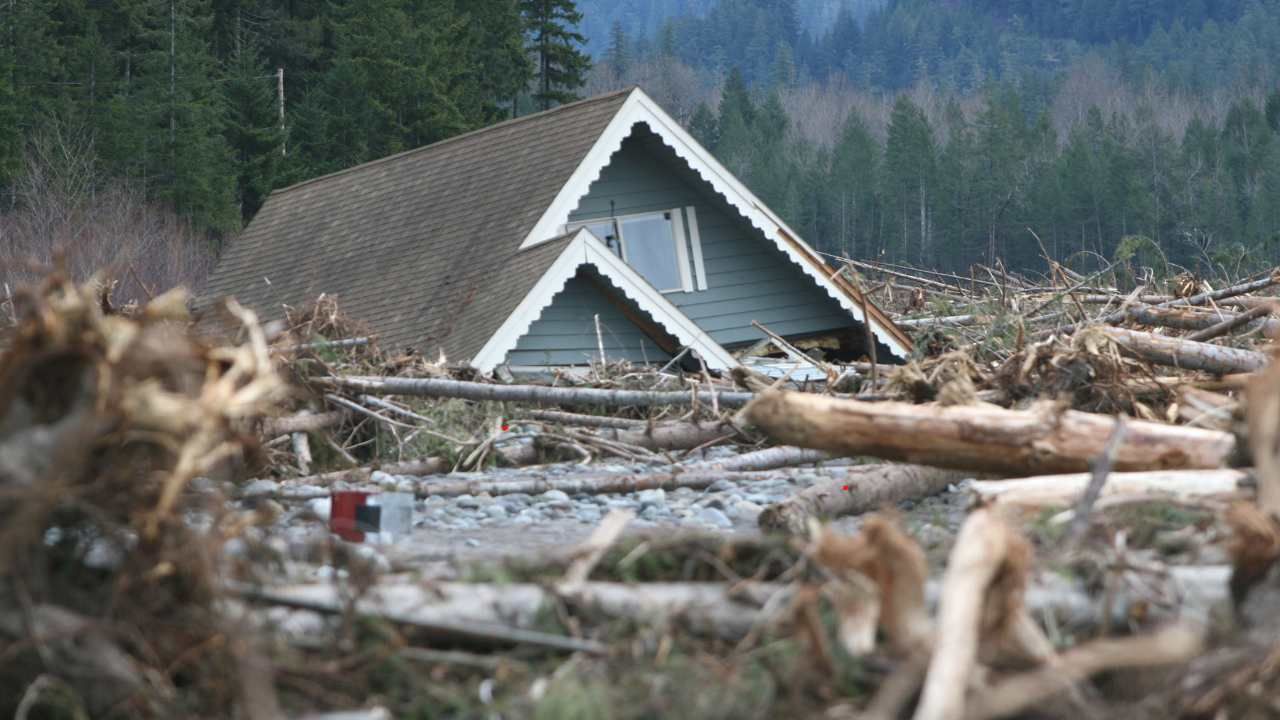
Owning a home comes with its fair share of challenges, and one of the biggest hurdles homeowners face is dealing with property damage. Whether it's caused by a storm, fire, water leak, or structural issue, assessing the extent of the damage is the first critical step before filing an insurance claim.
A thorough evaluation not only helps in securing a fair payout but also ensures that nothing is overlooked when working with an insurance claims adjuster. Understanding how to document and evaluate damage properly can mean the difference between a smooth claims process and a frustrating battle with your insurer.
Why Proper Damage Assessment Matters
When disaster strikes, it's easy to feel overwhelmed. However, taking a systematic approach to assessing property damage ensures that nothing is overlooked, strengthening your claim. Insurance companies rely on detailed evidence to determine how much compensation you’re entitled to, and without proper documentation, you risk receiving less than you need for repairs.
More importantly, spotting hidden damage early can prevent more significant issues down the road. Structural weaknesses, mold growth, and water damage may not always be obvious at first glance, but if left unaddressed, they can lead to costly repairs that insurance may not cover later.
Types of Property Damage to Look For
Different types of damage require different evaluation methods. Here are the most common forms of property damage homeowners encounter:
- Water Damage: Look for discoloration on ceilings, peeling paint, warping wood, or musty odors, which indicate mold growth.
- Fire and Smoke Damage: Soot buildup, charring, and lingering smoke smells can impact walls, ceilings, and HVAC systems.
- Wind and Storm Damage: Check for missing or cracked shingles, fallen tree branches, broken windows, and structural shifts.
- Structural Damage: Cracks in walls, slanted doorways, and uneven flooring may indicate foundational issues.
Step-by-Step Guide to Assessing Property Damage
When assessing damage, it’s essential to be thorough. Follow these steps to ensure you document everything effectively:
1. Prioritize Safety First
Before inspecting your home, make sure it's safe to enter. If there's severe structural damage, downed power lines, or water exposure near electrical sources, wait for professional clearance.
2. Conduct a Visual Inspection
Start with an exterior assessment. Look for roof damage, broken windows, siding issues, and foundation cracks. Then, move indoors to examine walls, ceilings, floors, and essential systems like plumbing and electrical wiring.
3. Take Detailed Photos and Videos
Document everything with high-quality photos and videos from multiple angles. Capture close-ups of damaged areas and wide shots to provide context. This evidence will be crucial when dealing with your insurance provider.
4. Make a List of Damaged Items
Create an inventory of damaged belongings, including furniture, appliances, electronics, and personal items. Note their estimated value and age, and include receipts if possible.
5. Check for Hidden Damage
Not all damage is immediately visible. Look for signs of mold, weakened walls, and electrical malfunctions. If you suspect structural issues, consult a professional inspector.
6. Prevent Further Damage
If possible, take temporary measures to prevent additional deterioration. This may include covering broken windows, using tarps on roof leaks, or shutting off water sources to stop further flooding. Keep receipts for any emergency repairs, as they may be reimbursable.
Case Study: A Storm-Damaged Roof and a Denied Claim
After a severe thunderstorm, a homeowner in Florida noticed a few missing shingles and minor water stains on the ceiling. Assuming the damage was minimal, they waited weeks before filing a claim. By the time an insurance adjuster arrived, the water intrusion had spread, leading to mold growth and significant structural issues.
Unfortunately, the insurance company denied part of the claim, arguing that the delay in reporting contributed to the worsening damage. Had the homeowner documented the initial damage immediately, taken preventive measures, and contacted a storm restoration company, they could have secured a much better settlement.
When to Call a Public Adjuster
If your claim is undervalued, delayed, or denied, a public adjuster can step in to advocate for you. Unlike insurance adjusters, who work for the insurance company, a public adjuster works on your behalf to ensure you receive a fair payout. Their expertise in policy language, claim negotiations, and property damage assessments can make a significant difference in maximizing your settlement.
Strengthen Your Claim with Proper Documentation
Assessing property damage isn’t just about identifying issues—it’s about building a strong case for your insurance claim. By thoroughly documenting everything, staying proactive, and seeking expert help when needed, you can avoid common pitfalls that delay or reduce payouts.
If you're struggling with your insurance claim or need help assessing damage, Countrywide Public Adjuster is here to guide you through the process. Our team of expert homeowners insurance claims adjusters ensures homeowners like you receive the compensation you deserve. Contact us today for expert assistance with your claim.
We value transparency, integrity & open communication in building lasting client relationships.
Contact Information
Menu
Services
Business Hours
- Mon - Sat
- -
- Sunday
- Closed
@2024 – Website managed by Leads by Vinny

